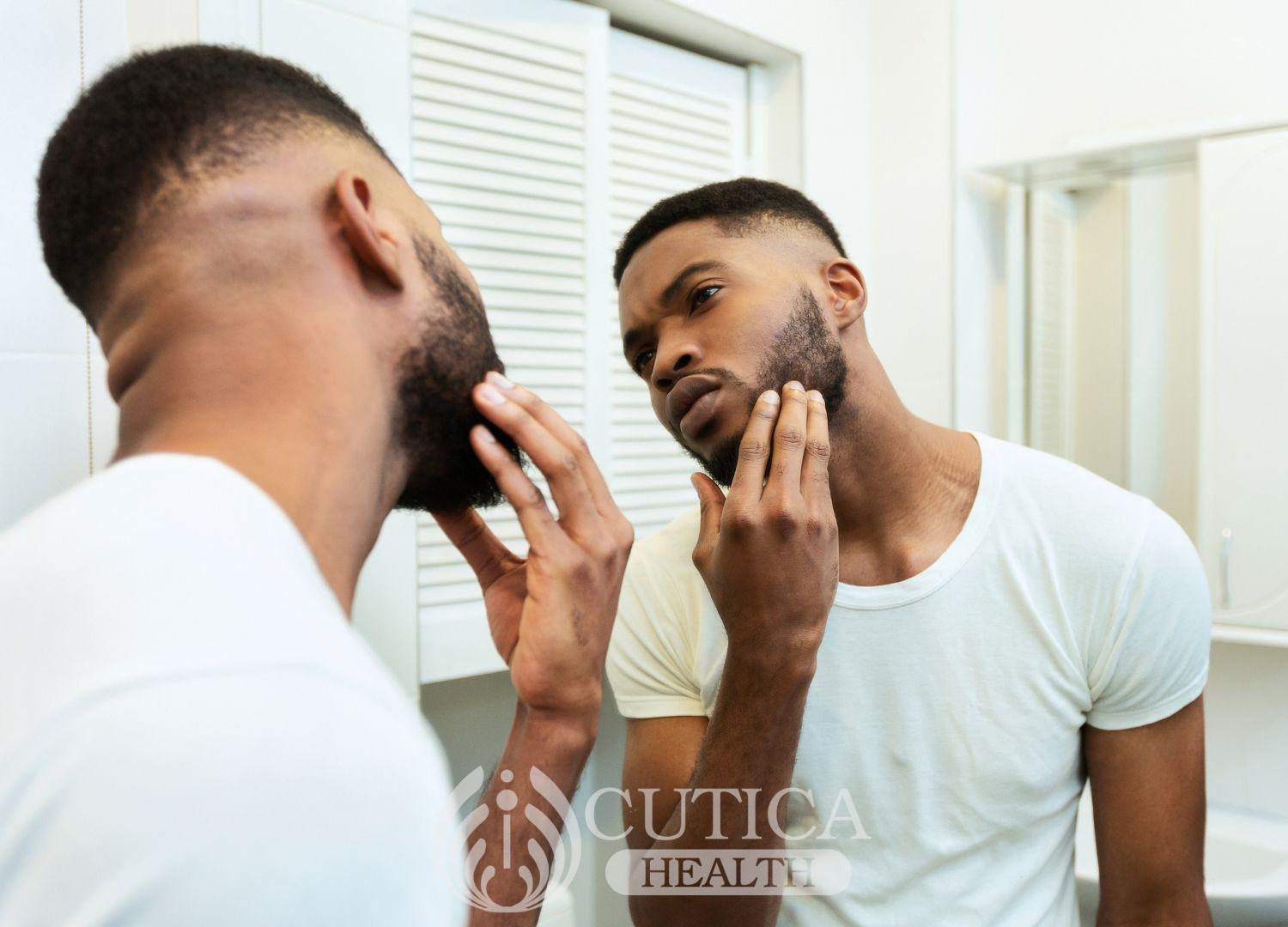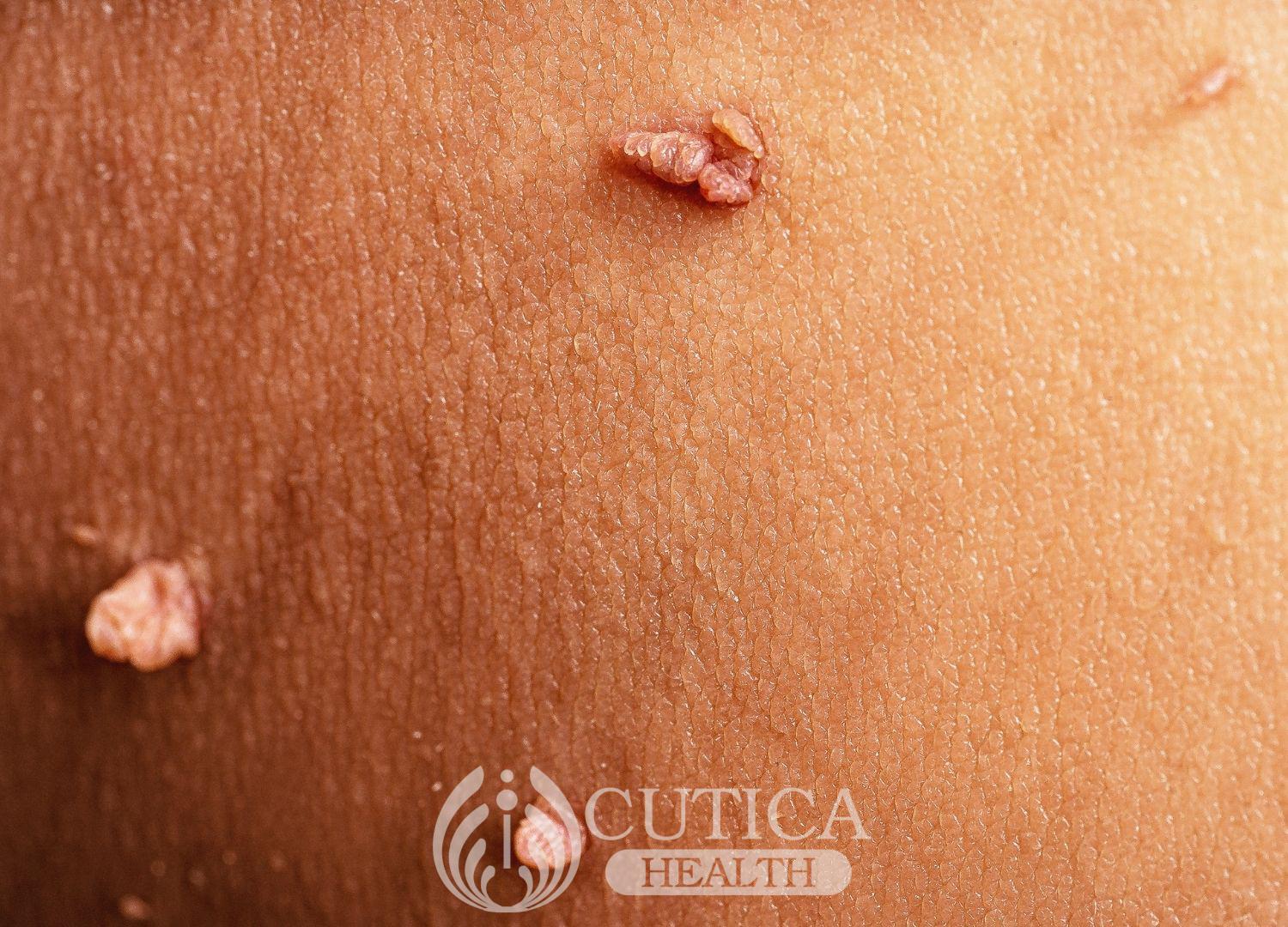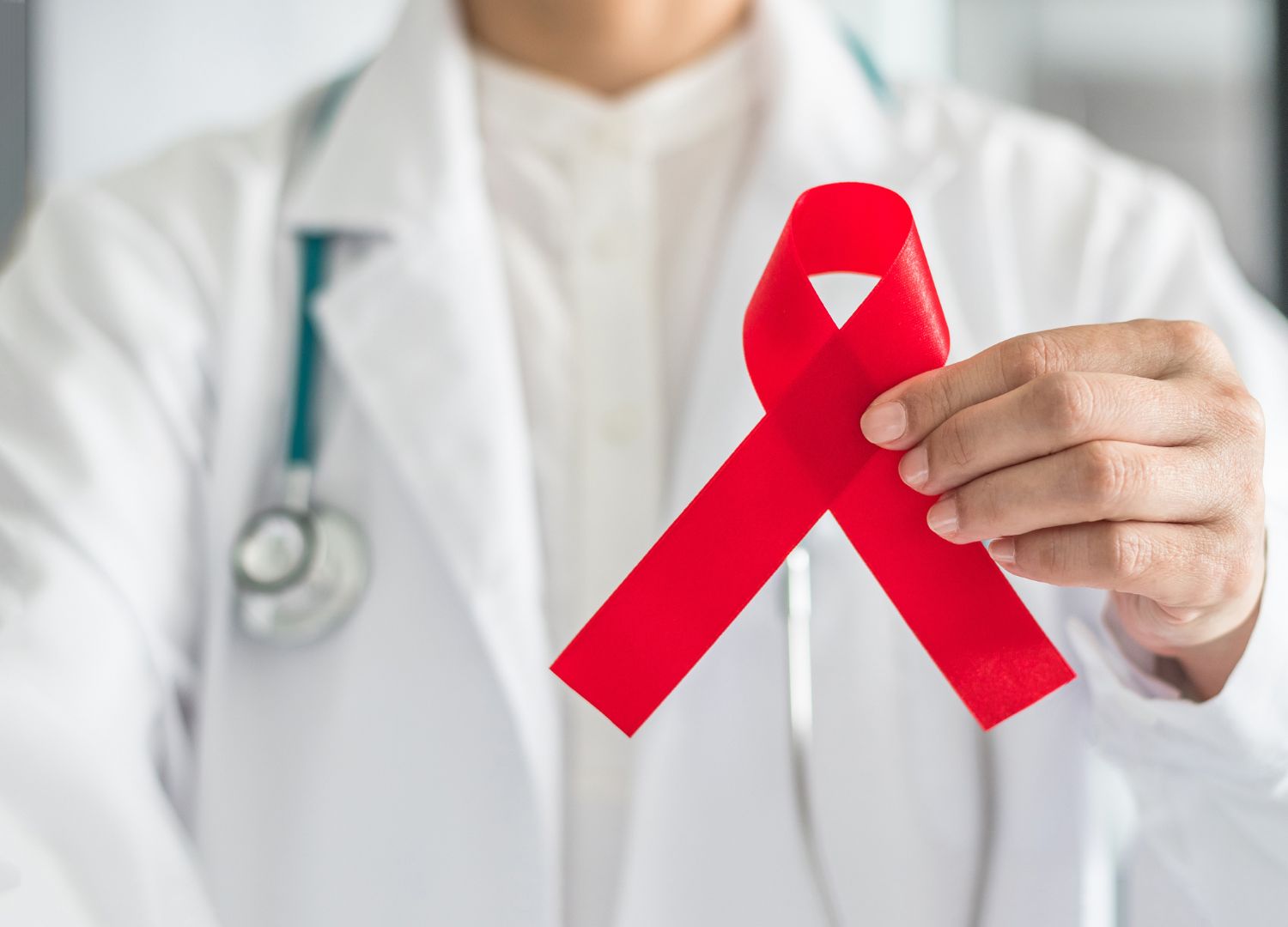
Jenny had always been proud of her clear, glowing skin. She never had to deal with acne in her teenage years and barely used makeup to cover up blemishes. However, one day, she noticed a small spot on her forehead that wouldn't go away. It didn't itch or hurt, but it was there, and it bothered her. She assumed it was a pimple and tried various treatments, but it wouldn't budge. She didn't think much of it until noticing more spots on her face and body. That's when she realized something was wrong.
Jenny's experience is common. Skin changes can happen to anyone, and paying attention to them is essential. Some skin changes are harmless and resolve independently, but others may indicate a severe underlying condition.
1.Skin tags
Skin tags are small, flesh-colored growths that usually appear on the neck, armpits, eyelids, and groin. They are usually painless, but they can be irritating if they rub against clothing or jewelry. Skin tags are common and not harmful. However, if they suddenly start growing or changing color, it's essential to have them checked by a dermatologist. Sometimes, skin tags can indicate an underlying condition such as diabetes or hormonal imbalances. 
2. Moles
Moles are usually harmless but can develop into melanoma, a severe form of skin cancer. That's why it's essential to keep an eye on them and monitor any changes. Check your moles regularly for any size, shape, color, or texture changes. If you notice any of these changes, it's crucial to have them checked by a dermatologist as soon as possible.
3. Rashes
Rashes can be caused by various factors such as allergies, infections, or autoimmune diseases. They can appear as red, itchy, or scaly patches on the skin. Most rashes are harmless and go away on their own. However, if you notice a rash that doesn't go away or spreads rapidly, seeing a dermatologist is essential. Some rashes indicate a severe underlying condition, such as lupus or psoriasis.
4. Acne
Acne is a common skin condition that affects most people at some point. It's caused by clogged pores, bacteria, and hormonal imbalances. Most acne can be treated with over-the-counter products or prescription medication. However, if your acne is severe or you notice unusual breakouts, it's crucial to have it checked by a dermatologist.
5. Dry, itchy skin
Dry, itchy skin can be caused by various factors such as dry air, harsh soaps, or eczema. Most dry, itchy skin cases can be treated with moisturizers or over-the-counter creams. However, if your skin is extremely dry or itchy and doesn't improve with moisturizers, it's essential to see a dermatologist. Sometimes, dry, itchy skin can indicate an underlying condition such as thyroid problems or liver disease.

6. Warts
Warts are small, raised bumps on the skin caused by the human papillomavirus (HPV). They can be unsightly and embarrassing. Some types of HPV cause cancer in genital areas..
7. Sores that don't heal
Sores that don't heal can be a sign of an underlying condition such as diabetes or skin cancer. If you have a sore that doesn't heal after a few weeks, it's essential to have it checked out. The doctor may recommend a biopsy to determine if it's cancerous. Early detection of skin cancer is crucial for successful treatment.
Conclusion
Skin changes are common, and most of them are harmless. However, paying attention to them and monitoring any changes is essential. If you notice any unusual skin changes or symptoms, seeing a dermatologist is crucial. They can evaluate your skin and recommend the appropriate treatment.
Early detection of skin conditions is vital for successful treatment and prevention of complications. Remember, your skin is your body's largest organ, and taking care of it is essential.












